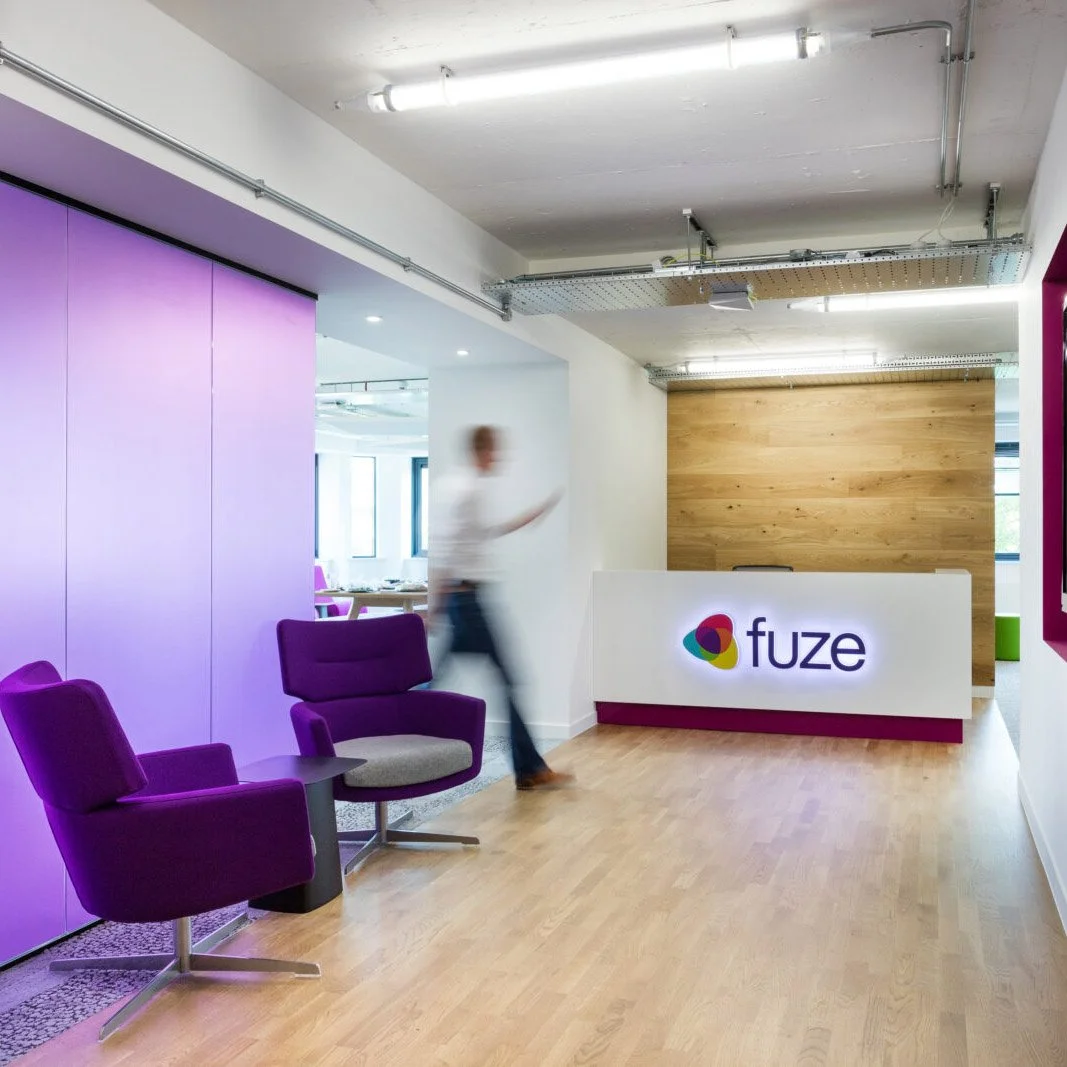PR for tech brands
An award-winning tech PR agency
Turn your ambition into action
Achieving ambitions doesn’t happen by accident, so our team of creative consultants makes client goals a reality through a combination of strategic thinking, bold ideas, exceptional content, and stand-out results.
Proudly 100% employee-owned, Wildfire promises an exceptional team of highly motivated tech PR professionals who deliver outstanding results.
Our drive to make an impact not only applies to our work, but also how we do business. As a certified B Corp and Great Place to Work, we’re committed to making a positive difference for our people, society, and the planet.
















